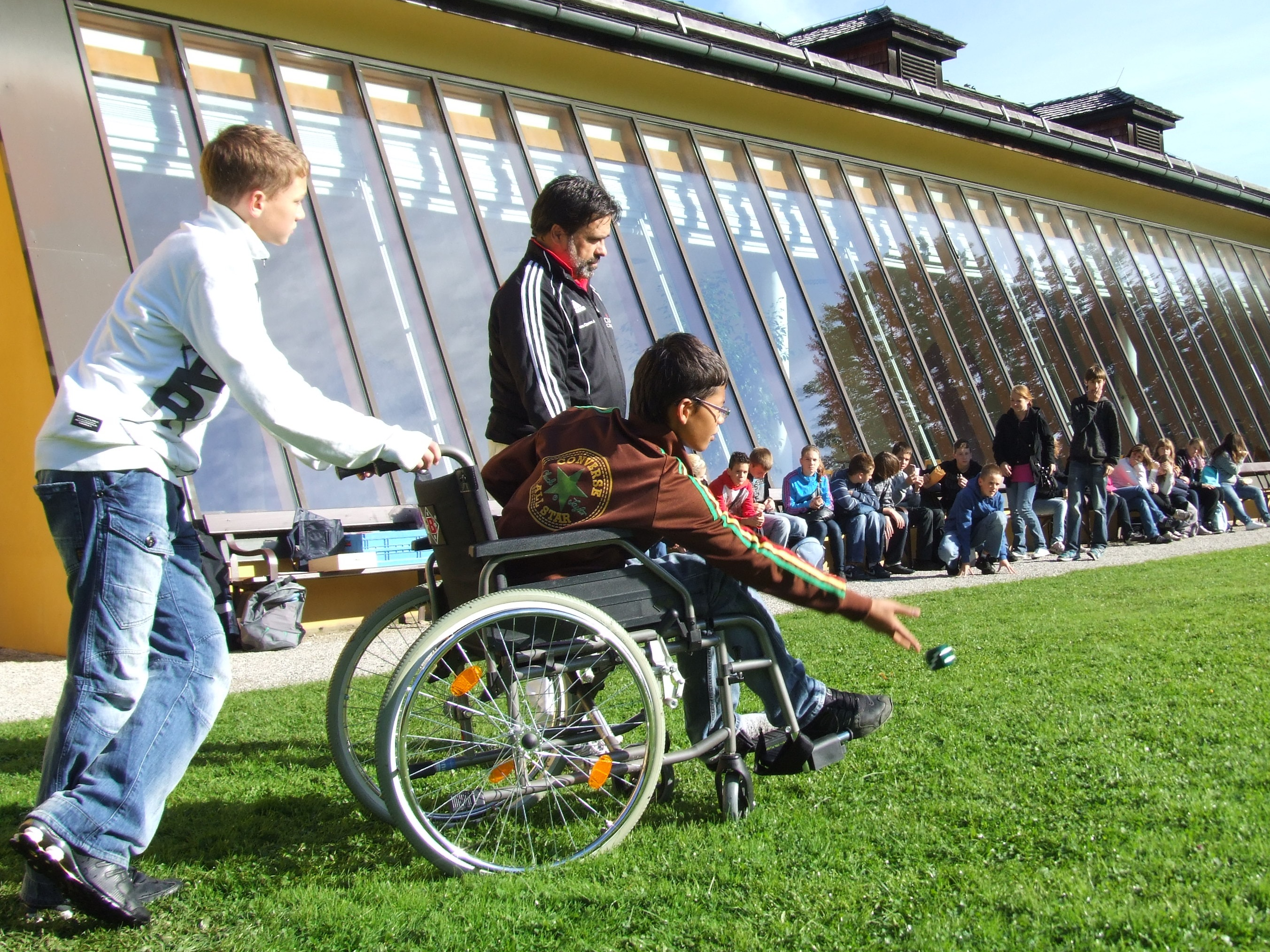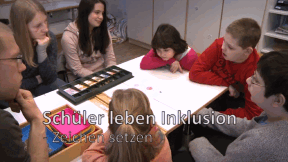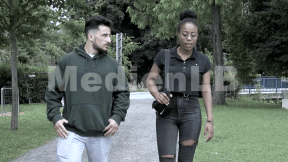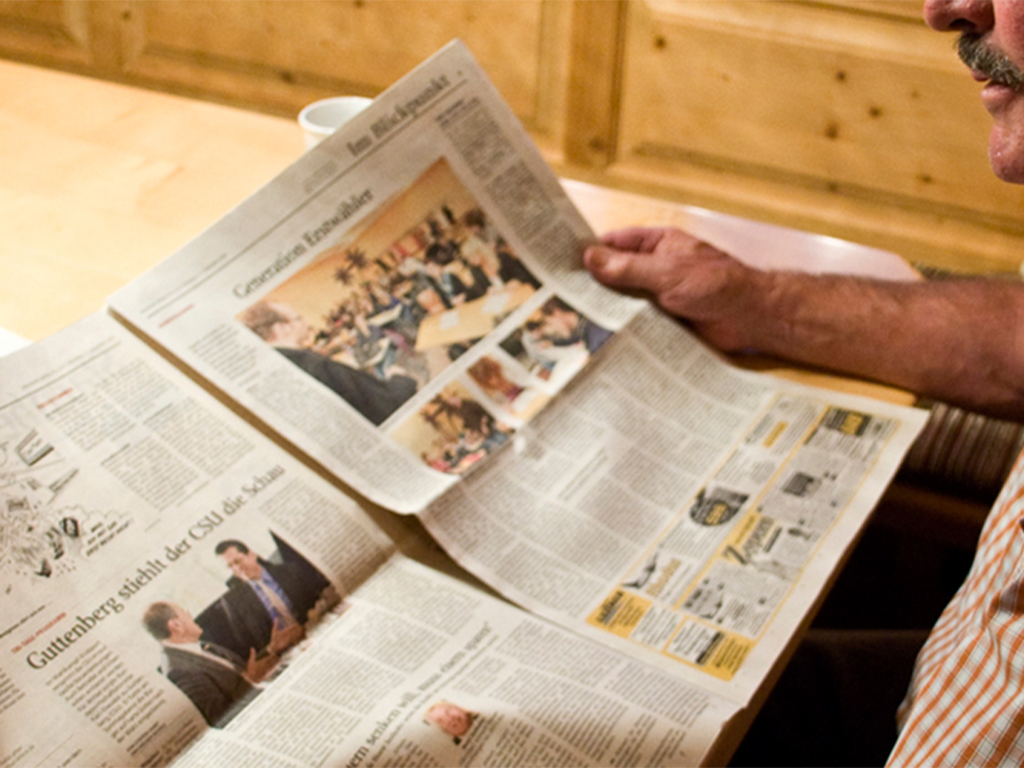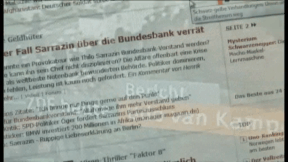 Politics / Civics
Politics / Civics
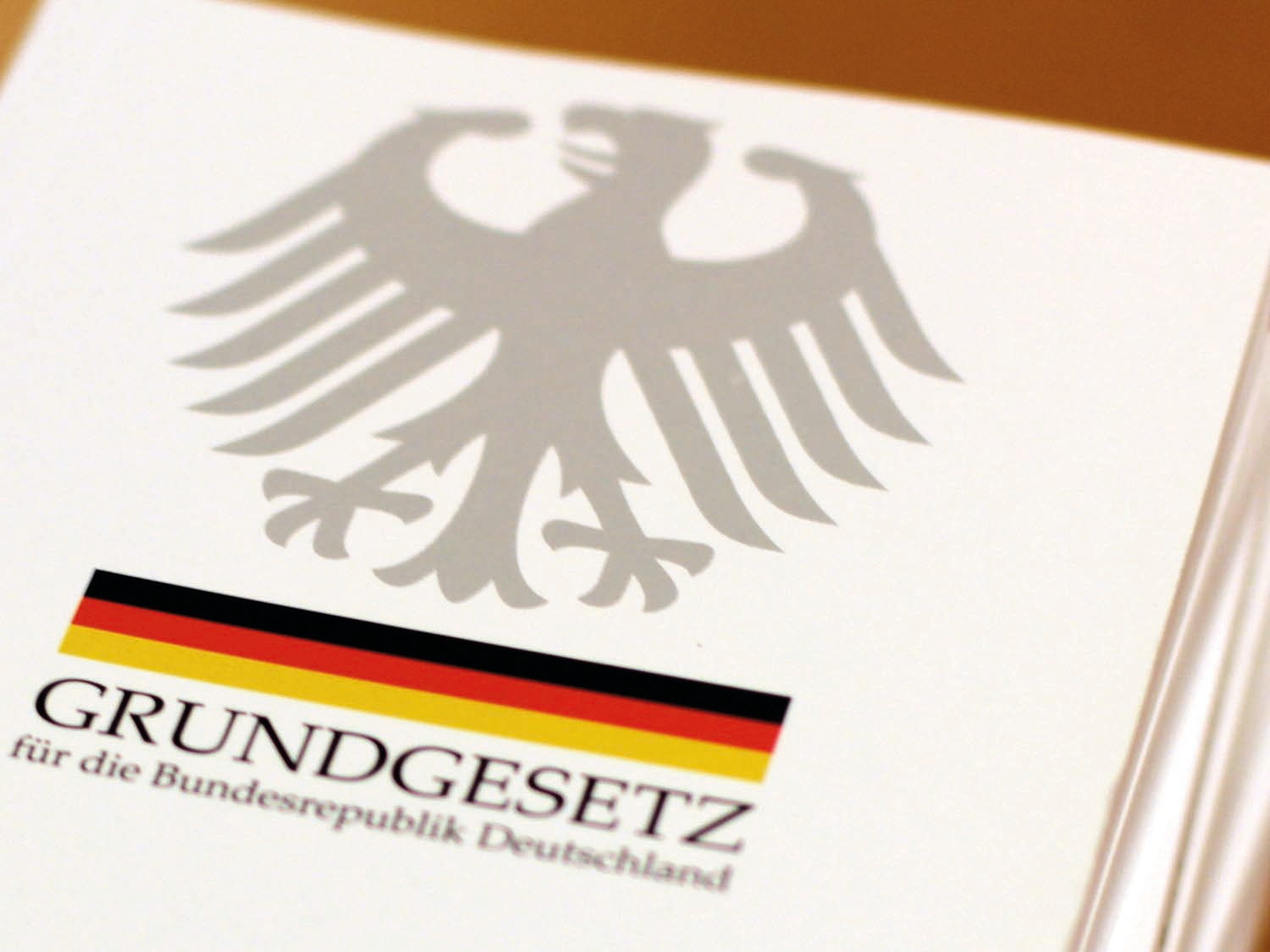

46504544 / 55503712
Grundrechte
Balance zwischen Demokratie und Rechtsstaat
Das Grundgesetz ist seit 1949 die Verfassung der Bundesrepublik Deutschland. Der Film stellt die Entstehungsgeschichte und die wichtigsten Prinzipien unserer freiheitlich-demokratischen Grundordnung vor. In zahlreichen Interviews, u.a. mit einem Richter am Bundesverfassungsgericht wird das Grundgesetz als Grundpfeiler in sich beständig ändernden Rahmenbedingungen veranschaulicht.
Play trailer
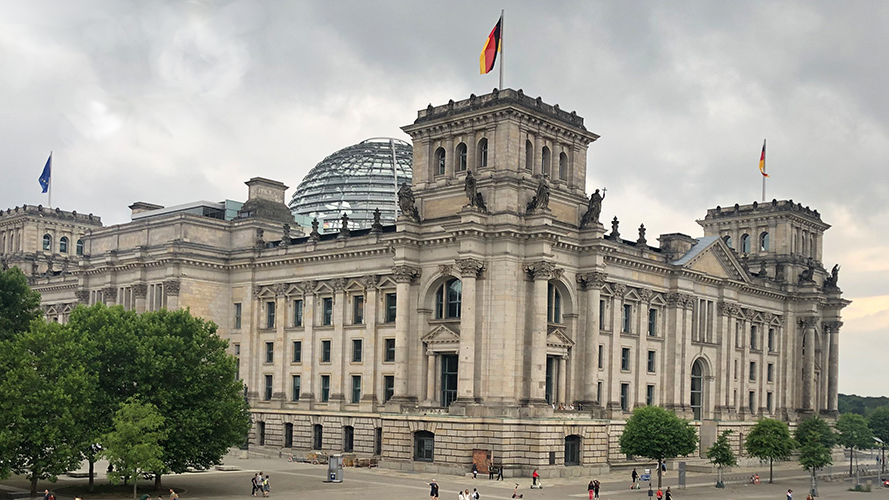
Curriculum-centred and oriented towards educational standards
Matching
Pupils Practise Inclusion
When people come together, no matter under what concomitant circumstances – ultimately, it is about how these people meet and how openly they interact with one another.
The Daily Newspaper
Every day, there is a surge of news reaching us via different news channels. In spite of TV and Internet, the daily paper still is one of the most important main sources of news. But how is a newspaper created? The film shows the production of a paper in the course of one day. Starting with the editorial meeting in the morning, in which the topics and deadlines are determined, the film accompanies a journalist during her research work. You can see how a journalistic interview is conducted and what the photographer must consider when taking a press photo. Back in the editorial office, the editor’s work is illustrated, which includes the page layout and the writing of an online article in today’s time. Impressive pictures from the printing centre depict the process from the digital page to the finished newspaper. Together with the comprehensive accompanying material, the DVD is perfectly suited for use at school




